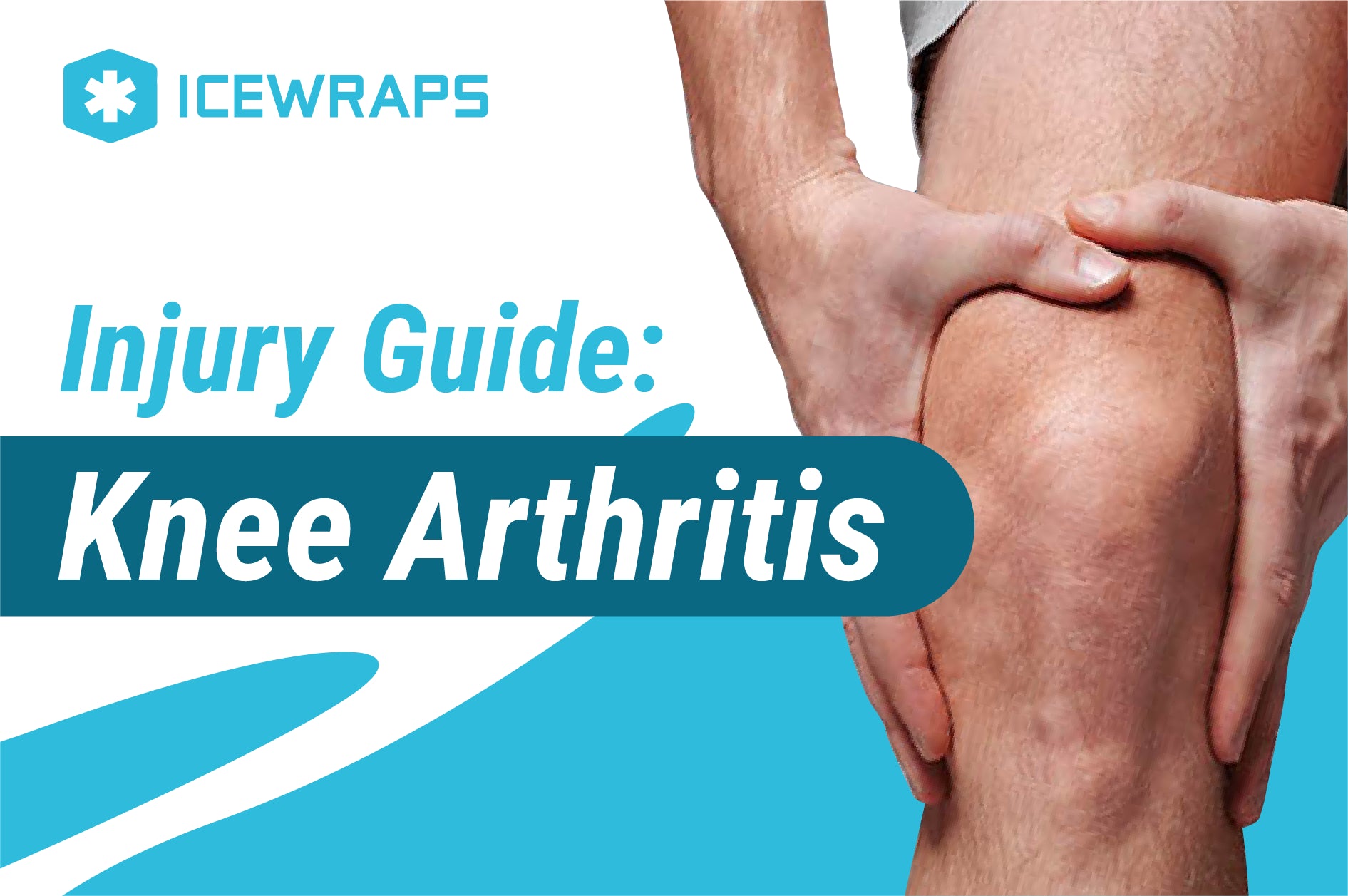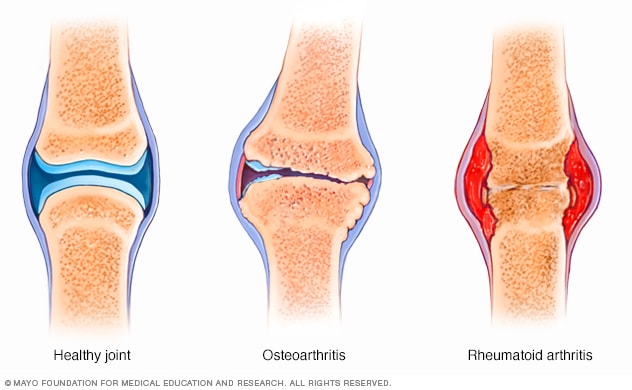Your Cart is Empty

When your knees don’t work like they used to before, it can be a great source of sorrow.
Your knee is the biggest joint of the body. It allows you to jump, run, and enjoy your human body. But with great power comes great responsibility and when your knees don’t work right, it can feel debilitating.
One of the culprits of knee pain is arthritis. It affects 23% of adults in the United States alone and has caused pain to more than 54 million people.
Knee arthritis is the swelling or the tenderness of the knee joint. When you have knee arthritis, daily activities like taking a step, walking, or running become painful.
The knee joint is the biggest among the joints and carries the most pressure. The knee joint connects three main bones: the fibula, the tibia, and the femur. Need a refresher on your knee’s anatomy? Check out this article here.
When the joint becomes soft, tender, and weak, motion along the knee can cause the bones to rub together and can cause extreme pain.
There are many types of knee arthritis so let’s discuss the most common types one by one.
Osteoarthritis is the most common type of knee arthritis and is often referred to as wear and tear arthritis.

Photo from Mayo Clinic
Over time and through overuse, the protective cartilage that covers the bones wears away and the bones in the knee joint start to rub and grind together. Not only is this painful, but bone spurs may develop at the ends of the bones and can eventually limit the knee’s range of motion.
Similar to shoulder arthritis, knee osteoarthritis can develop in stages:
Stage 1: The cartilage becomes soft.
Stage 2: The cartilage undergoes fibrillation, where the cartilage develops cracks in the surface before it begins to deteriorate and flakes.
Stage 3: As your knee arthritis worsens, the cartilage fully wears away and exposes the bone surface.
Rheumatoid arthritis, unfortunately, is one of the many ways our body can cheat on us.
Rheumatoid arthritis is an autoimmune disorder that tricks the body into thinking that the protective cartilage around the bones are the enemy.
Our body is very intelligent and serves to protect us from foreign bodies. When the body thinks that the cartilage that surrounds the tibia, fibula, and the shin are dangerous, our immune system destroys these tissues. Eventually, it will continue to destroy the knee joint and even the bones.
If you’ve ever had a fracture, a sprain or a strain in the knee, this can put you at a higher risk for post-traumatic arthritis. Post-traumatic arthritis is the type of knee arthritis that occurs after a knee injury.
Any prior injuries surrounding the knee joint like a patellar fracture or a sprain can continue to stress the joint and trigger irritation which will eventually cause osteoarthritis.
Crystals like citrine or quartz are believed to possess healing properties. But crystals, when formed inside of the body, can bring nothing but pain. Gouty arthritis or gout occurs when uric acid collects in our knee joint and crystallizes.
Uric acid is our body’s natural waste product that forms when body tissues break down. When they collect in our joints and form crystals, they can trigger inflammation.
Different types of arthritis can have different causes. But apart from post-traumatic arthritis which needs an injury to be triggered, most types of arthritis have a few common risk factors:
There are a few lifestyle changes that can positively impact those who have arthritis. If you are obese or overweight, getting back to your normal BMI will put your knees in less stress and lower your chances of getting gouty arthritis.
If you are someone who’s suffered previous knee injuries or someone who’s a little older, favoring low-impact exercises versus high-impact ones can avoid any irritation that might happen in your knee.
Most cases of arthritis are chronic. It comes and it goes, and even weather can have a huge impact.
Half of the time, you end up on pain management duty and treat your symptoms as they come. That being said, here are a few ways you can care for yourself at home:
 |
 |
| ICEWRAPS 5”x7” Reusable Gel Ice Packs |
ICEWRAPS 12”x21” Reusable Ice Pack with Soft Fabric Cover
|
 |
 |
| ICEWRAPS 4"x10" Reusable Perineal Gel Ice Packs |
ICEWRAPS 3"x5" Reusable Gel Ice Packs
|
Our joints keep us dynamic and mobile. Feeling pain or getting them injured can absolutely feel debilitating especially with a chronic condition like arthritis. But worry not as there are many options to manage pain naturally or with the help of your doctor. Pain relief can be easy and instant.
As with anything, prevention is better than cure. Keep an eye on your diet and don’t overdo your training. Support yourself when needed and rest when it gets too much. When you get injured, help your body get better! With IceWraps.com, pain relief is just a click away.
 |
 |
 |
|
ICEWRAPS 4"x10" Reusable Gel Ice Packs
|
ICEWRAPS 3"x5" Reusable Gel Ice Packs
|
ICEWRAPS 5”x7” Reusable Gel Ice Packs
|
Comments will be approved before showing up.